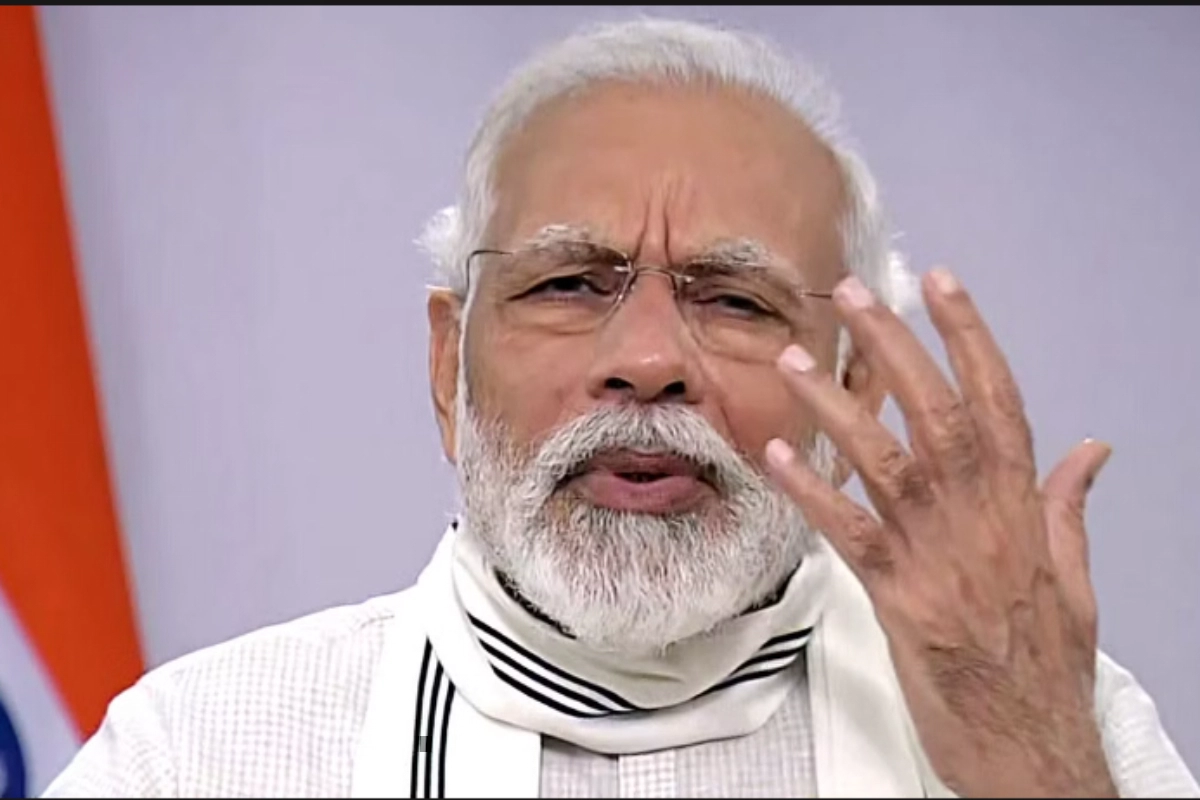PM Modi: Prime Minister Narendra Modi will formally open India’s new parliament building on Sunday. The new building includes room for a contentious, larger Lok Sabha based on the most recent population statistics for India. Given worries that the disparate development rates of India’s states may disturb the nation’s federal balance, the Lok Sabha’s membership has been frozen for more than 50 years. However, if the Bharatiya Janata Party were to regain control of the Centre in 2024, the new structure has been interpreted as a sign that the freeze will be lifted.
Hindi Belt’s Rise and South India’s Demographic Challenges
Given its high birthrates, the Hindi Belt would see a huge increase in political influence, while South India would experience a decline due to its stronger family planning policies. The current capacity of the House is 552, however the new Lok Sabha chamber is projected to hold 888 Lok Sabha members. India currently has 543 Lok Sabha districts. The Constitution was changed in 1976 to postpone Lok Sabha expansion until 2001. This was done to make population control measures effective. The freeze was prolonged until 2026 in 2001. The first Census after 2026, which is scheduled to take place in 2031, must be used as the basis for the Lok Sabha’s extension beyond 2026, according to this constitutional change.
Must Read: Amul Fights Back! Denounces Viral Video as Fake and Misleading
Unequal Population Growth and Political Representation
After 2031, the Lok Sabha could grow, marking the first enlargement of the Lower House’s membership in 60 years. The population of each state determines how many parliamentary seats it receives. A state’s population should generally correspond to the size of its constituents in all states. However, there is a substantial disparity in population growth amongst the states. The fertility rate, or the typical number of children a woman would have in a given population, has decreased over the years in states like Kerala, mostly as a result of the state’s successful family planning programme execution as compared to places like Uttar Pradesh and Bihar.
Hindi Belt’s Growing Dominance in Lok Sabha Seats and BJP’s Influence
The Hindi belt’s share of seats in the expanded Lok Sabha would dramatically increase as a result of these increased birth rates, at the expense of other states. In a 2019 report, Milan Vaishnav and Jamie Hintson from the American think tank Carnegie Endowment for International Peace estimated that the Lok Sabha would need to be enlarged to 846 members based on 2026 demographic forecasts. The largest state in the Hindi belt, Uttar Pradesh, will hold 143 of these seats, up from its present 80. Similarly, Bihar would gain nearly twice as many seats—from 40 to 79. Bihar, Chhattisgarh, Delhi, Haryana, Himachal Pradesh, Jharkhand, Madhya Pradesh, Rajasthan, Uttar Pradesh, and Uttarakhand would all see an increase in the proportion of Lok Sabha seats from around 42% to about 48%. Politics will be impacted by this. In the Hindi heartland, the BJP now holds the majority of seats in parliament. The BJP has won 178, or roughly 80%, of the 225 Lok Sabha seats in the 10 Hindi heartland states in the 2019 Lok Sabha elections.
Keep watching our YouTube Channel ‘DNP INDIA’. Also, please subscribe and follow us on FACEBOOK, INSTAGRAM, and TWITTER












